|
The day two general session is typically the icing on the cake with all the demos and this year did not disappoint. The general session began with VMware's Executive Vice President Ray O'Farrell greeting the crowd of over 20,000 plus attendees to this years VMworld. He began talking about how we are in a world dealing with ever increasing complexities with both technology and applications. How do we build, connect, manage, and experience modern applications in an ever changing landscape. VMware has put a lot of thought into how to best address the challenges we face within this new landscape and it is done by focusing on the four pillars mentioned above, Build and Run, Connect and Protect, Manage, and Experience. This vision was was detailed in the general session which can be watched here. Announcements
0 Comments
VMworld 2019 kicked off with VMware's CEO Pat Gelsinger taking the stage. VMware continues to be that innovative force in the age of what he calls. "Tech in the Age of Any".
Pat Gelsinger began by speaking about the over four decades of disruptive innovations that VMware has brought to the industry beginning with vSphere, which virtualized the compute, to vSAN virtualization the for storage, NSX and SD-WAN to bring virtualization to the network, desktop virtualization with Horizon and Workspace One, and the hybrid-cloud with offerings like VMware Cloud on Amazon Web Services (VMC). VMware remains committed to its customers to bring the vision of any device, any app, and any cloud. VMware is no longer talking about building on-premises solutions, public cloud, but just cloud. They are in the business of being the platform to build clouds regardless of location. With offerings like VMware Cloud Foundations as that building block for the cloud architectures bringing together the best of VMware vSphere, NSX, vSAN and more. Offerings like Cloud Foundations will allow customers to have a consistent infrastructure across all cloud environments giving them the ability to take advantage of the tools they've invested in while gaining agility, security, and control of their applications. Back in 2018 VMware began a beta program based on Istio, a service mesh management platform. VMware has extended the capabilities of this offering to bring visibility, control, and security through microservices at the API level into their offering called NSX Service Mesh.
NSX Service Mesh works as an extension of the NSX-T Data Center platform for cloud-native applications like kubernetes containers and applies security and networking directly to the containers through the Container Network Interface (CNI). In short, a service mesh is a configurable infrastructure layer that makes it easier to manage microservices and Istio, an open source project backed by Google, IBM, and Lyft, is probably the best-known service mesh. VMware has been a contributor to Istio and has participated in open source community projects like this. Basing the NSX Service Mesh on Istio, VMware makes it easier to on-board Kubernetes clusters and federate across multiple clouds and Kubernetes clusters. Bringing security, control, and visibility services directly to the containers you can now manage the transactions from services and better control the data they have access to through microservices transactions. This enhances security by managing authentication, authorization, and encryption of service communications. This will also provide the ability to trace, monitor, and log of a service transaction to gain visibility of the health and performance of an application’s microservices. The NSX Service Mesh also brings the following benefits:
NSX Service Mesh will be featured at VMworld 2019 and for those interested in learning more about this offering below are some of my recommendations from the published content catalog. NSX Service Mesh [MTE6098U] SPEAKERS Niran Even-Chen, Principal Systems Engineer, VMware Introduction to NSX Service Mesh [CNET1033BU] SPEAKERS Niran Even-Chen, Principal Systems Engineer, VMware Oren Penso, Cloud Native Staff Systems Engineer, VMware Getting Started with Service Mesh [CODE3102U] SPEAKERS Anderson Duboc, Sr. Systems Engineer, VMware Cross-Cluster and Cross-Cloud Service Mesh Architecture and Use Cases [KUB1939BU] SPEAKERS Mark Schweighardt, Director, Product Management, VMware The Future of Networking with NSX [CNET1296BU] SPEAKERS Bruce Davie, CTO, APJ, VMware Marcos Hernandez, Chief Technologist - Networking and Security, VMware The VMworld Content Catalog is now available to view. You can see it here and whether you’re a registered attendee or looking to see what’s on the schedule, the Content Catalog will help you get an idea of your schedule! The catalog is to help you get an idea of the tracks and session types you may find interesting. The schedule builder is where you will build out your own schedule; this is currently available to those that have registered for VMworld. I have gone through the list and there is plenty to keep you busy, however, I thought I would offer some recommendations: NSX-T General
NSX-T Design
Containers
vRealize
Cloud
Security
I have several areas I am focusing on this year. The first of these is NSX and the Virtual Cloud Network. I agree with VMware in saying "We are continuing a movement toward software-defined", and NSX is the backbone. It ties together all aspects of the data center, such as networking, security, EUC, and containers. With NSX you can bring network automation to your data center applications, containers, along with security through micro-segmentation and third party service insertion. Virtual Cloud Networking is built on VMware NSX. It provides a secure, consistent, and agile foundation. As you can see from the graph below, software defined networking touches every aspect of our business. Whether you are in healthcare, looking to bring better security to your endpoints with NSX or looking to secure public cloud initiatives, Virtual Cloud Networking is the backbone to it all. My next focus area is containers. Specifically, a focus on offerings like vSphere Integrated Containers. This offering from VMware makes integrations with existing traditional applications easier to manage, deploy, and keep Highly Available (HA). If you are a heavy VMware shop, you are like most companies I encounter: virtualizing 95% or more via vSphere. Making the move into containers means that you will initially need to maintain traditional applications, such as vms, along side your new container environment. This can introduce a lot of challenges and going "bare metal" can introduce further complications. For example, when you run Kubernetes on bare metal, a simple NIC update can directly impact the Kubernetes host which complicates configuration management. You are responsible for verifying that the component is supported by Kubernetes. The same applies to central storage and network management. When we run Kubernetes on VMware vSphere, the VMware Hardware Compatibility List provides known working hardware for use with VMware vSphere. Virtualized hardware creates an abstraction that is supported by the underlying Linux distro. Decoupling the OS from the underlying hardware, reduces operational overhead for supported firmware versions of components. . Running containers in a VMware environment allows you to keep running the traditional and containerized applications side-by-side, on a common platform. Having that common platform means bringing security, predictability, and agility into your infrastructure. This brings me to my last area of focus, while I am out at VMworld this year, VMware Cloud Foundations. VMware Cloud Foundations is an integrated software stack that bundles VMware vSphere with NSX and vSAN, into a single platform. This can be deployed on premises as a private cloud or ran as a service within a public cloud such as VMC on AWS. Cloud Foundations helps to remove the traditional silos in data centers, merging compute, storage and network to facilitate end-to-end support for application deployment and hybrid-cloud support. With VMware Cloud Foundations, you can move into a fully software-defined data center. Some of the benefits to this solution are storage elasticity with vSAN, end-to-end security with NSX, automation, better lifecycle management, self driving operations, and hybrid-cloud infrastructure. Which allows you to more seamlessly connect and manage hybrid-cloud offerings from VMware with VMC on AWS. VMC on AWS is a hybrid cloud service developed jointly by VMware and Amazon. Users can run a VMware software-defined data center on AWS with familiar enterprise tools. These tools are vSphere, NSX, and vSAN. The concept relies on running a native ESXi hyper-visor on AWS bare-metal instances, which enables direct access to the underlying server's processor and memory.
You can learn about these products and much more. Register to attend VMworld 2019! Early-Bird registration is open to VMworld 2019 which is back in San Francisco this year after being held the past 3 years in Las Vegas. The early registration discount of $300 off will apply to those that register by June 21. Individual conference passes will run $1,895 with the early-bird discount, compared to the regular rate of $2,195 and $2,395 for onsite. You can see all registration pricing here. I am excited for this event to come back to San Francisco after being held the past years in Las Vegas. There is a lot of sight seeing in San Francisco like biking the iconic Golden Gate Bridge, which I did with a friend and was something to experience. You also have Alcatraz Island, "The Rock". From the 1934 until 1963, Alcatraz was America's premier maximum-security prison, the final stop for the nation's most incorrigible prisoners. You also cannot visit San Francisco without heading down to Fisherman's Wharf. Located on the northern waterfront, is one of the city's busiest tourist areas. Souvenir shops and stalls selling crab and clam chowder in sourdough bread bowls appear at every turn, as do postcard views of the bay, Golden Gate and Alcatraz. Lastly, there is Chinatown. This is one of the oldest and most established Chinatowns in the U.S. Beyond iconic Dragon’s Gate, a bustling maze of streets and alleys brims with dim sum joints and other traditional eateries.
Where to Stay? VMworld 2019 is being held at the newly renovated Moscone Center. VMworld offers discounted rates at more than 30 hotels, but you must be registered for VMworld 2019 US before you can take advantage of them. You can see the full list here. Once you register you will be able to go directly to the hotel you choose and receive the VMworld 2019 discounted rate. Getting Around? Most hotels will be in walking distance to the Moscone Center and yes you will be walking a lot so put on your comfy shoes. The Moscone Center is made up of three buildings, Moscone North, Moscone South, and Moscone West. The conference will encompass all these buildings. You will have access to rideshare, trolley, bike rentals, the BART, and there will be conference shuttle service provided to and from the Moscone Center for select hotels. Tracks? There are some interesting tracks that you can tailor your interest to.
I would recommend starting with the Networking & Security track to learn about the products like NSX-T. Software Defined Networking (SDN) is the backbone to the VMware portfolio touching all products and clouds. Stay tuned for VMware parties and much more to be announced as we get closer to VMworld 2019! To register for VMworld 2019 follow this link and see you all there! |
Archives
August 2019
Categories |
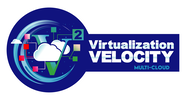
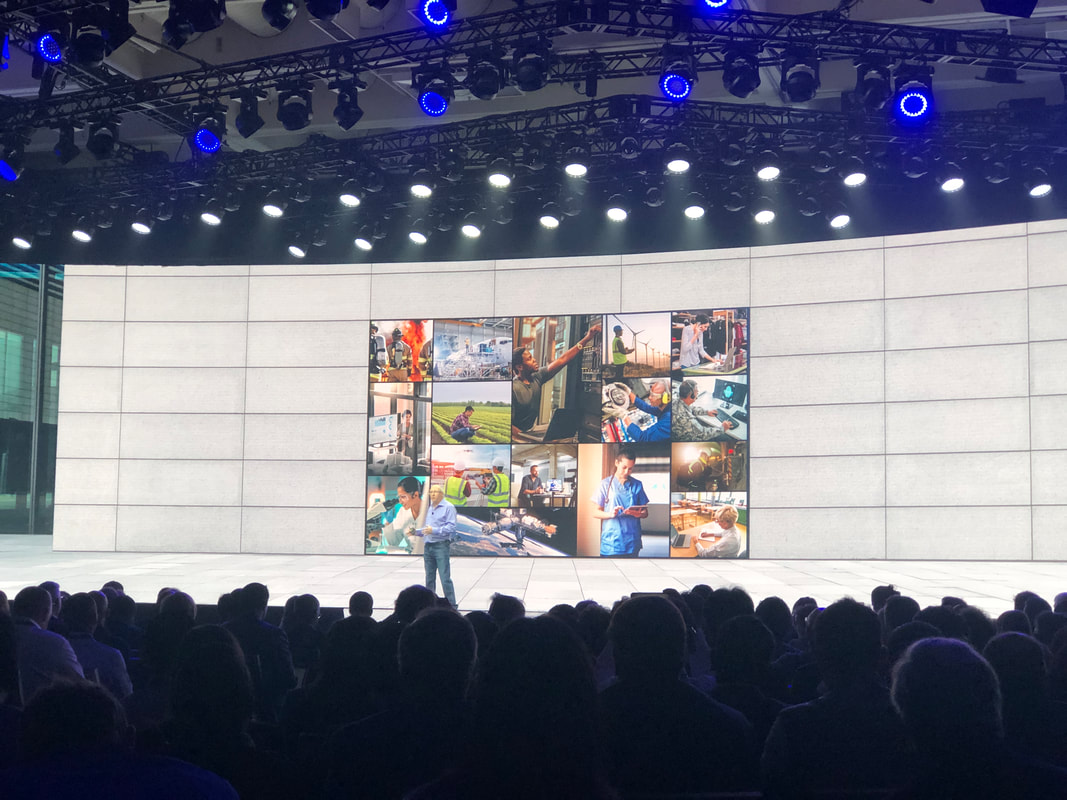
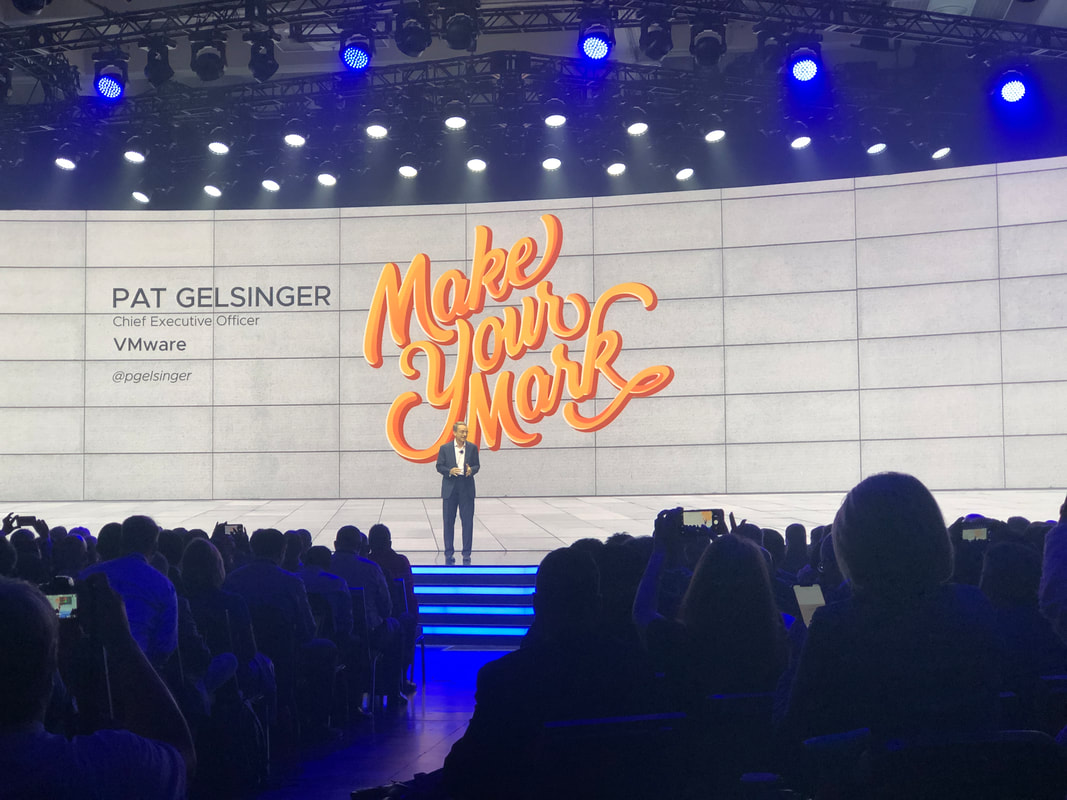
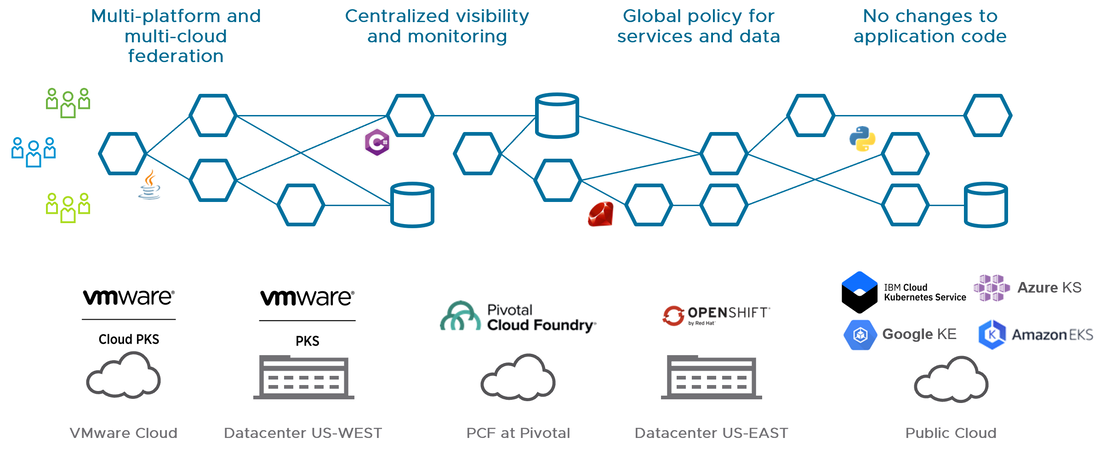

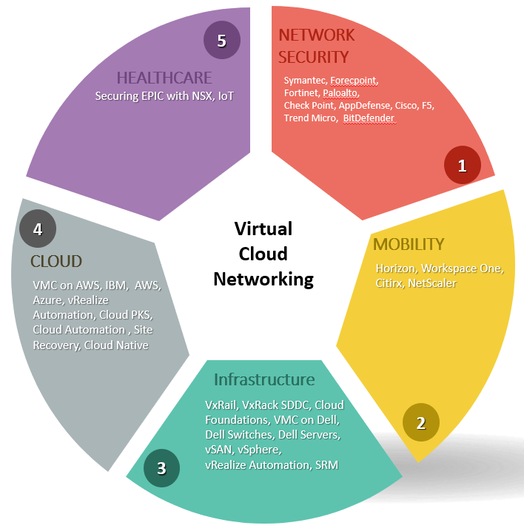
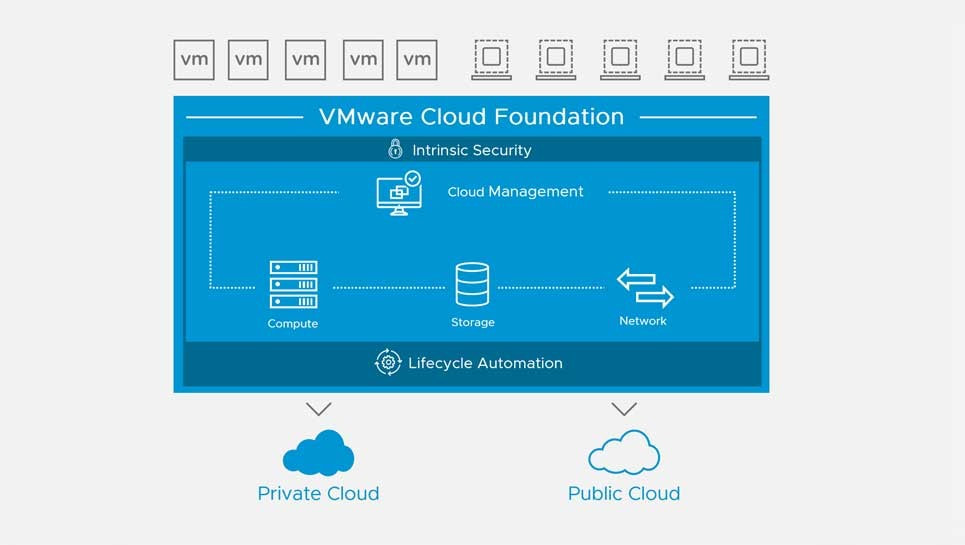

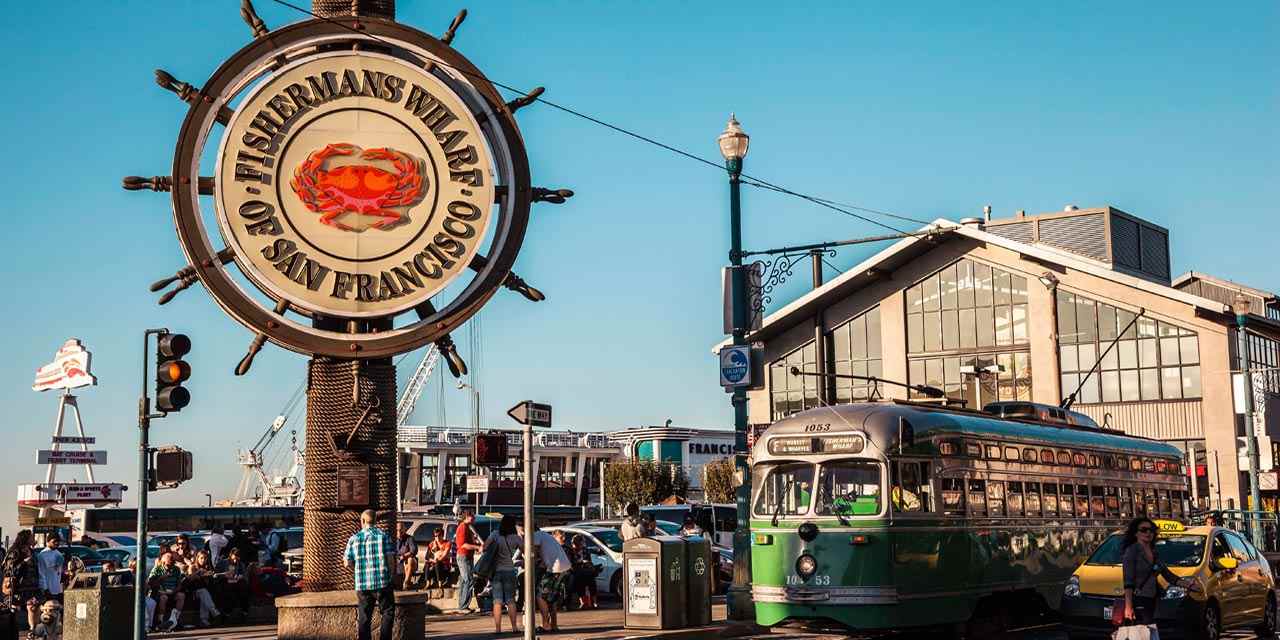
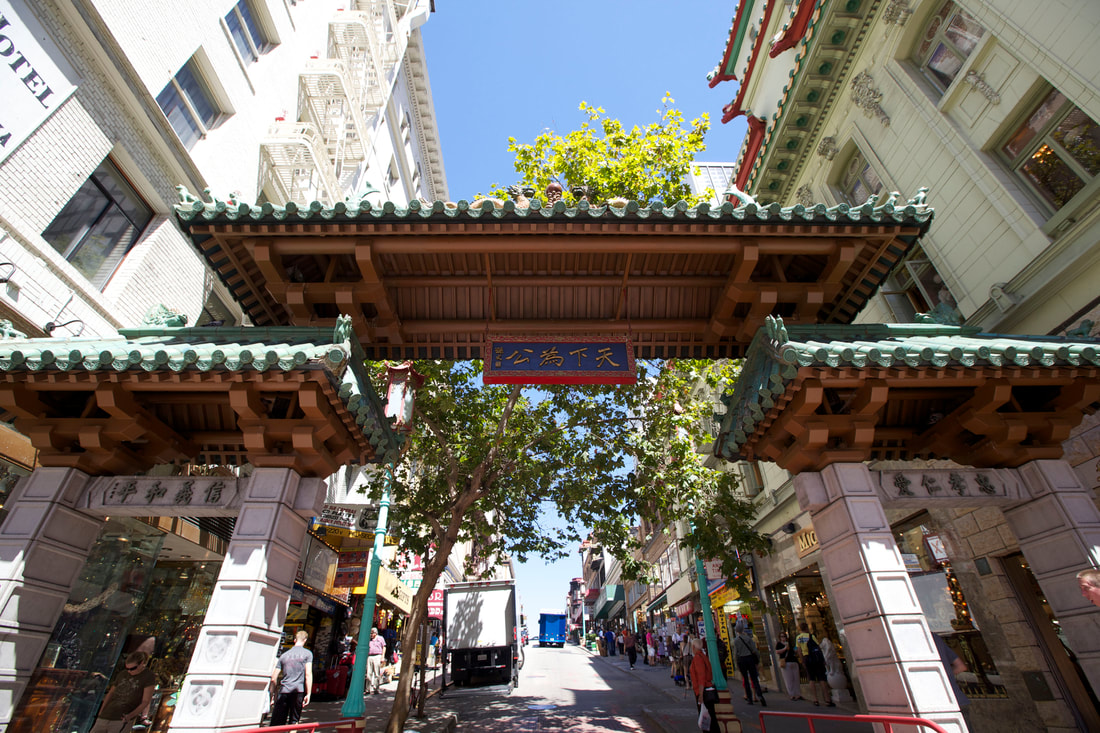
 RSS Feed
RSS Feed